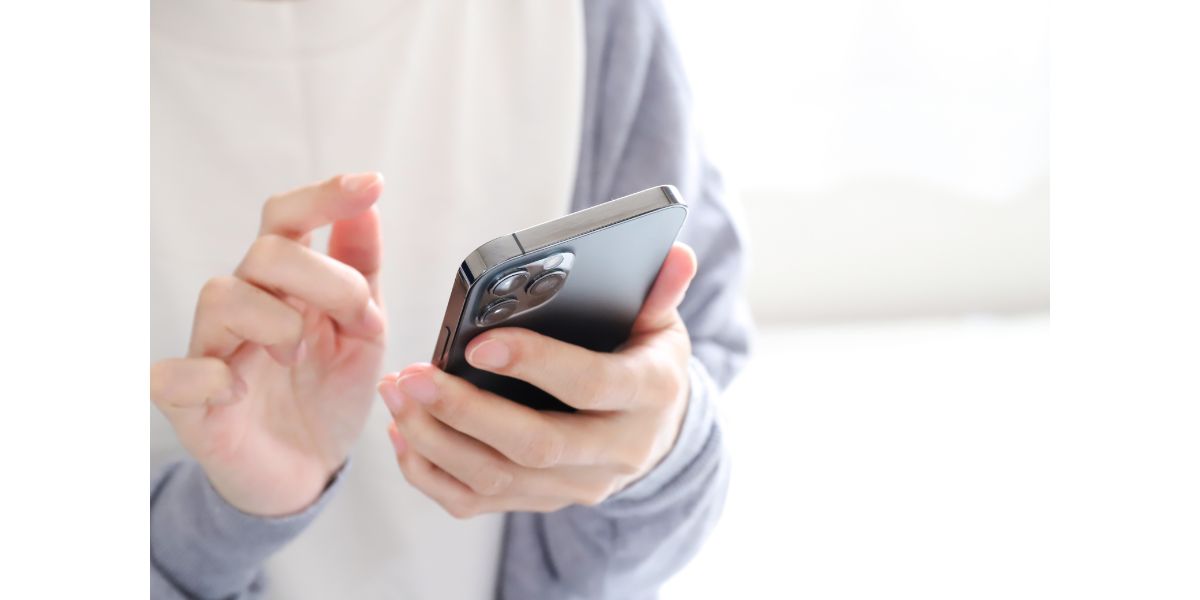Disclaimer: This post may contain affiliate links, meaning we get a small commission if you make a purchase through our links, at no cost to you. For more information, please visit our Disclaimer Page.
First and foremost, iMessage and SMS are not the same things, with iMessage being an Apple-exclusive technology, developed back in 2011. With that being said, everything that follows becomes a little more clear and straightforward.
The fundamental differences between iMessages and phone calls or SMS are the key to understanding why you can receive a phone call but your iMessages light up green or won’t go through at all. Think of iMessage as more of an app, with distinguishing features.
An iMessage is Apple-only and features end-to-end encryption and a preference for WiFi (though an iMessage can still be transmitted over a cellular data network. When it comes to phone calls versus iMessage or SMS, it gets a little complicated, depending on your carrier and the network in question.
Table of Contents
5 Causes & Fixes to iMessage not going Through, But Calls do
1. You Don’t Have Data
Whether you have an allotment of data on a specific plan or you are out in the boonies somewhere, without data, you cannot transmit an iMessage. Sometimes, the message will still go through, but it will turn green on your iPhone, rather than the traditional deep blue of iMessages.
Since phone calls rely on different and distinctly separate factors from iMessage, you can make a call or receive one in circumstances where you can’t send or receive an iMessage.
To break this down as simply as possible—iMessages require an internet connection with WiFi as a preference but not an absolute necessity. Phone calls do not need an internet connection.
However, SMS (Short Message Service) messages do not need an internet connection either and are sent using the same signal your iPhone accesses for phone calls. Of course, it’s a little more complicated than that.
Cell towers have ‘control channels’, with a channel for SMS and one for phone calls.
Technically, you are not sending SMS messages on the same ‘control channel’ as you connect to for a phone call. However, iMessage doesn’t access any of these ‘control channels.’
So, for simplicity’s sake, SMS and phone calls are often referenced as if they are both on the same channel.
The biggest takeaway from all of this is that you cannot use iMessage without data, but you can still make phone calls and send SMS messages via these control channels.
2. Do Not Disturb Mode (Focus)
Apple’s iPhones come with a preloaded ‘Do Not Disturb’ mode, now known simply as “Focus.” All Focus does is turn off all unnecessary functions (iMessage, SMS, notifications in general, and phone calls) according to pre-determined settings that you initiate.
For instance, you can set your Focus to come on at 9 pm so you can get a good night’s sleep without your iPhone blowing up with notifications and spam calls. But, you can also set it up to allow specific contacts to message or call you if they need to.
Sometimes, with all of the different available settings, you get caught up in it and don’t realize you have iMessage turned off for Focus but various phone calls turned on.
- Go to the Settings app on your iPhone
- Scroll down to ‘Focus’
- You’ll see a series of three options—Do Not Disturb, Personal, and Work
- You’ll also see “Focus Status” with a toggle for On or Off
- Select Do Not Disturb
- Select People
- Determine what (if any) people are allowed to contact you while Focus is on
- Check to see if “Allow Calls From Favorites” is on
- Check to see if Allow Repeated Calls is on
You can also back out to the previous screen and determine which apps can send you notifications while Focus is on. Feel free to toy around with it as much as you want. The Focus feature allows you to be pretty in-depth.
If you have Focus on and you have determined which contacts are ‘Favorites,’ they’ll be able to call you while Focus is on, even though their iMessages won’t come through.
3. The Person You’re Messaging Doesn’t Have an iPhone
The thing is, the text message you send will go through, but the text will appear within a green box, rather than a blue one. For iMessage to work properly, both the sender and recipient must have iPhones or iPads. It will work for sending iMessages to Macs as well.
Since iMessage is an Apple-only software, with end-to-end encryption, it will only send between iPhones. The green box that pops up means they received your message and you will probably see the little “Delivered” annotation below the message. However, it’s actually an SMS that you sent and not an iMessage.
Of course, the person you are sending texts to can also call you at any time, assuming you both have good cellular reception.
While it may look like you can’t send iMessages, the reality is that the recipient is still getting your message as an SMS and can call you or vice versa whenever.
4. iMessage is Currently Disabled
Whenever you unbox your shiny new iPhone, the odds are good that iMessage is disabled right out of the box. At least, that’s how it’s supposed to be when you purchase a new iPhone.
You may just be dealing with a matter of not realizing you need to turn iMessages on. In the meantime, all of the texts you send are SMS texts and you can still make and receive phone calls like normal.
- Jump into your Settings menu
- Scroll down to Messages (it won’t say, ‘iMessages’)
- About a third of the way down the screen, you’ll see ‘iMessage’
- Select the toggle to turn it on (it should be green when it’s on)
- Select the ‘Send and Recieve” option below ‘iMessage’
- Select (from the available options) where you want to send and receive iMessages from
- Scroll farther down to ‘Send as SMS’
- Ensure that ‘SMS’ is toggled on
All of this will ensure that your iMessages will send when you have an internet connection (whether it’s via WiFi, MiFi, or cellular data) and will convert to SMS when you don’t.
5. Software Glitch
It happens from time to time, though this is probably the rarest one of anything listed above. The first thing you should do is ascertain whether or not any of the above is the most likely scenario.
However, if you have internet service, you should be able to send iMessages. Occasionally you’ll run into this little glitch when traveling, especially when you’re traveling through rural areas, losing and gaining service over and over again.
Sometimes, the iPhone just kind of says “screw it” and stays green on the SMS messages far longer than it should, well after you have access to data again.
Oftentimes, the best way to fix it is to turn the iPhone off and back on again. A restart usually solves the problem.
The thing is if you’re traveling and frequently in and out of signal range, you might as well just wait till you’re stationary again before you bother restarting the iPhone.
All Things Considered
Once you understand the fact that iMessage is different than SMS and phone calls, it’s easy to see why it can sometimes disappear for a while, despite the fact that you can still make and take phone calls.
The good news is, your Apple iPhone will go right on sending messages, they’ll just be reverted to green, SMS messages instead of the dark blue you’re used to.
If you’re just way out there in the boonies, it’s possible to lose SMS and iMessage but that’s just a matter of being off-grid temporarily and will return when you do.


